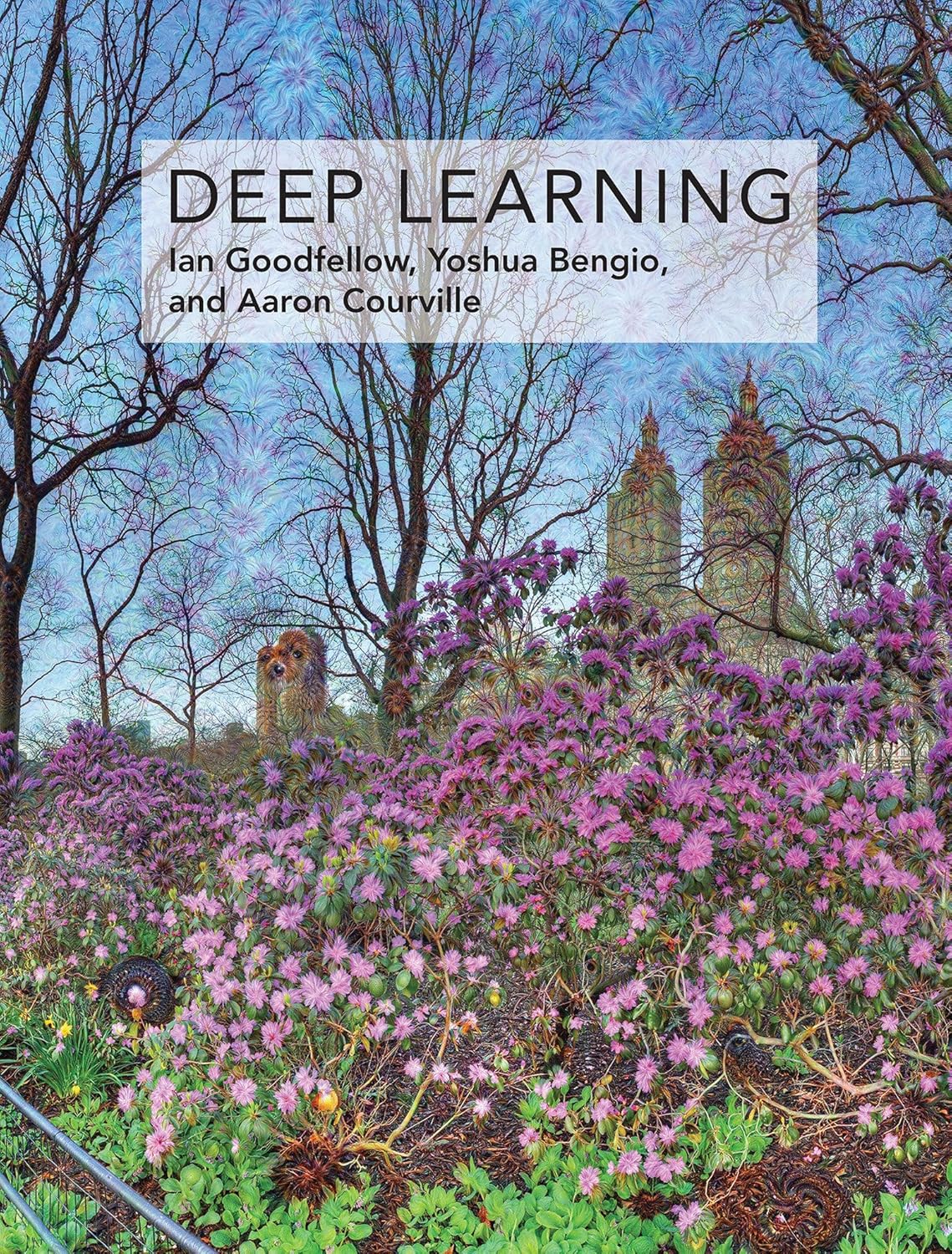If you’ve ever wanted to understand how machines can recognize faces, caption cat videos, or beat humans at board games without being hand-coded for each task, Deep Learning by Ian Goodfellow, Yoshua Bengio, and Aaron Courville is your go-to guide. Elon Musk called it “the only comprehensive book on the subject,” which, depending on your perspective, is either high praise or a reason to double-check the math.
This is not a basic AI overview filled with hype and jargon. It’s a rigorous, in-depth exploration written by three of the leading minds in machine learning. The book covers everything from foundational concepts like linear algebra and probability to advanced topics such as deep generative models and representation learning.
At its core, Deep Learning explains how machines learn from data by building hierarchical abstractions. These “deep” layers allow neural networks to assemble simple patterns into more complex ideas, similar to how the human brain can recognize a stop sign in snow, from an angle, or with added graffiti.
Inside, you’ll find detailed coverage of:
- Feedforward neural networks, the foundation of most models
- Convolutional and recurrent networks, used for images and sequences
- Optimization techniques like stochastic gradient descent and Adam
- Regularization strategies that prevent overfitting
- Practical advice for applying models in the real world
The book also explores deeper theoretical material, including approximate inference, probabilistic models, and autoencoders. These sections are ideal for readers who want to move beyond implementation and into research or advanced applications.
Whether you’re a student, a software engineer, or a researcher looking to sharpen your understanding, Deep Learning is a comprehensive and trusted guide. It won’t sugarcoat the math, but it will reward your effort with clear explanations and deep insights into one of the most transformative technologies of our time.

